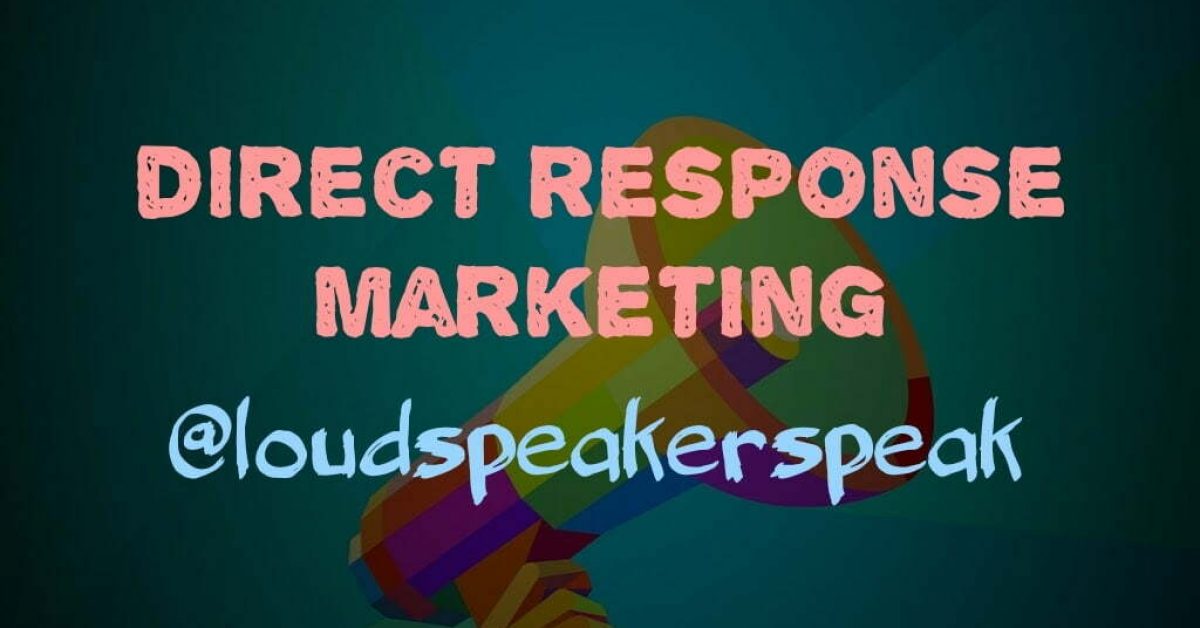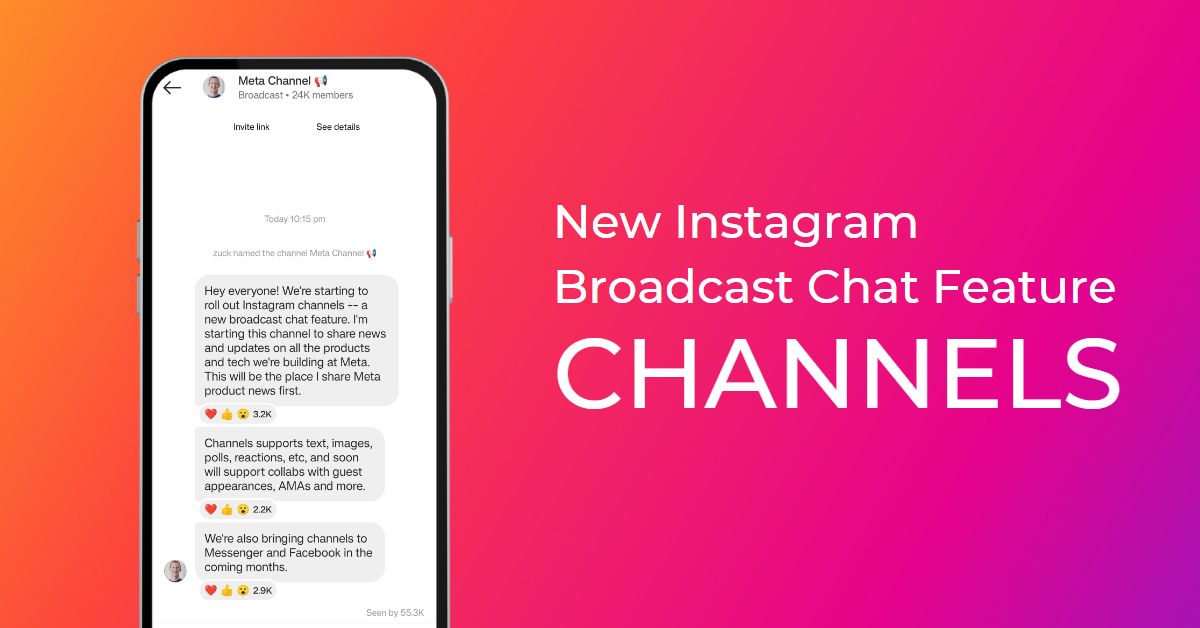The reluctance of people to seek instant results has been peaking. Businesses are becoming innovative in finding marketing techniques that can get them results in a day.
No wonder direct response marketing is becoming a popular choice of brands.
Direct response marketing is a proactive and measurable approach to marketing. It is focused on generating a specific and immediate response from consumers.
What is Direct Response Marketing?
Direct response marketing is a type of marketing that aims to get an immediate response from customers. It involves using marketing techniques to stimulate a direct response, such as a phone call, a visit to a website, or a purchase.
Direct response marketing can be done through various channels, including direct mail, email, social media, television, and radio. You can also use it in conjunction with other marketing tactics, such as advertising, public relations, and content marketing, to build a comprehensive marketing strategy.
Some common tactics used in direct response marketing include the use of special offers, limited-time discounts, and calls to action. These tactics create a sense of urgency and encourage the consumer to take action.
Moreover, Direct response marketers may also use testing and analytics to fine-tune their marketing messages and improve response rates.
Practical examples of Direct Response Marketing & Advertisement
Here are a few examples of direct response marketing:
- Direct mail: Send promotional materials, such as flyers or brochures, through the mail with a specific call to action, such as visiting a website or calling a phone number.
- Email marketing: Sending promotional emails to a list of subscribers with a specific call to action, such as downloading an eBook or signing up for a service.
- Television and radio ads: Running ads on television or radio with a specific call to action, such as visiting a store or calling a phone number.
- Social media ads: Running ads on social media platforms with a specific call to action, such as signup for a course or making a purchase.
- Pay-per-click (PPC) advertising: Running online ads that are only charged when a user clicks on them, with the goal of driving traffic to a website or landing page.
- Landing pages: Creating specific web pages with a specific call to action, such as filling out a form or making a purchase, in order to generate leads or make sales.
Using Social Media in Direct Response Marketing Campaigns
Social media for businesses is a powerful channel for direct response marketing because it allows them to reach a large audience quickly. It can be used to drive traffic to a website, generate leads, and make sales.
Some social media strategies in direct response marketing campaigns include:
- Creating engaging and shareable content that inspires users to take action
- Using social media ads to target specific demographics and interests
- Offering special promotions and discounts to followers
- Using social media to drive traffic to a landing page or website
- Using social media to build an email list by offering a free resource or incentive in exchange for an email address
- Encouraging users to share content or participate in a contest to increase reach and engagement
- Using social media to gather customer feedback and insights.
It’s important to keep in mind that social media is a two-way communication channel. So it’s imperative to be responsive and engaging with followers in order to build trust and encourage action.
Email marketing as a direct response tool

Email marketing can be a highly effective direct response tool when used correctly. Here are a few strategies for using email marketing as a direct response tool:
- Segment your email list so that you can send targeted, relevant messages to specific groups of subscribers.
- Use a clear and compelling subject line to grab the reader’s attention and encourage them to open the email.
- Personalize the email with the recipient’s name and any other relevant information to make it more engaging.
- Keep the email focused and action-oriented, with a clear call to action such as “Buy Now” or “Sign Up.”
- Use images and other visual elements to make the email more appealing. Though, be sure to use them sparingly so as not to clutter the message.
- Include social media buttons to allow readers to share the email with their followers.
- Use testing and analytics to track the effectiveness of your email campaigns and optimize future emails based on the results.
By following these strategies, you can use email marketing to effectively drive direct response and achieve your marketing goals.
The use of retargeting and personalization in business marketing campaigns
Retargeting and personalization are both tactics that can be used to improve the effectiveness of direct response campaigns.
Retargeting involves showing ads to users who have previously visited your website or taken a specific action. It could include actions such as adding an item to their cart. By showing ads to these users, you can remind them of your product or service and encourage them to take action.
Personalization involves tailoring the marketing message to the individual user, based on their preferences and behavior. This can be done through the use of segmentation, which involves dividing the audience into smaller groups based on shared characteristics. By sending personalized messages to different segments of the audience, you can increase the relevance and effectiveness of the marketing message.
Both retargeting and personalization can help to improve the response rate of direct response campaigns by making the marketing message more relevant and targeted to the individual user.
Tips for creating a compelling call to action in direct marketing campaigns
A call to action (CTA) is a key element of direct response marketing because it tells the reader what you want them to do next.
CTAs can be incorporated into various types of marketing materials, including direct mail, emails, ads, and landing pages. They can take many forms, such as a button, a link, or a phone number.
It’s important to make the CTA prominent and easy to find. Use persuasive language that encourages the audience to take action.
Here are a few tips for creating a compelling call-to-action prompts:
- Make the CTA actionable: Use verbs like “Sign Up,” “Download,” or “Buy Now” to tell the reader exactly what you want them to do.
- Keep it simple: Don’t use too many words or make the CTA too complicated. The simpler it is, the more likely the reader will be to take action.
- Use color and design to make the CTA stand out: Use contrasting colors and make the CTA button large enough to be easily noticed.
- Use strong, persuasive language: Use words and phrases that create a sense of urgency or scarcity to encourage the reader to take action.
- Test different CTAs to see which ones are most effective: Use A/B testing to try out different versions of the CTA and see which one gets the best response.
Overall, the CTA is an essential part of direct response marketing. It helps to convert leads into customers and drive desired actions.
By following these tips, you can create a compelling call to action that effectively drives direct response and achieve your marketing goals.
Importance of tracking and measuring the success of DR marketing efforts
Tracking and measuring the success of direct response marketing efforts is important. Because it allows you to determine whether your efforts are effective and make necessary adjustments to improve results. By tracking key metrics such as website traffic, leads generated, and conversions, you can get a clear picture of how your marketing efforts are performing and identify areas for improvement.
Some specific metrics that you might track in direct response marketing campaigns include:
- Conversion rate: The percentage of visitors who take a desired action, such as making a purchase.
- Cost per lead: The amount of money spent to generate a lead.
- Return on investment (ROI): The profit or loss generated by a marketing campaign, expressed as a percentage.
- Click-through rate (CTR): The percentage of people who click on a link in an email or ad.
Evidently, by regularly tracking and measuring the success of your direct response marketing efforts, you can make informed decisions about how to allocate resources and optimize your campaigns for maximum effectiveness.
Best practices for crafting effective and action-oriented marketing campaigns
Here are a few best practices for crafting effective direct marketing campaigns:
- Identify your target audience: Understand who you are trying to reach and tailor your marketing message to their needs and interests.
- Use a clear and compelling call to action: Tell the reader exactly what you want them to do and make it easy for them to take action.
- Personalize the message: Use the recipient’s name and any other relevant information to make the message more relevant and engaging.
- Test and optimize: Use A/B testing to try out different versions of the marketing message and see which one performs best.
- Use a strong and consistent branding message: Use the same logo, branding elements, and tone of voice across all channels to create a cohesive brand image.
- Track and measure your results: Use analytics and metrics to track the success of your campaigns and identify areas for improvement.
- Follow up with leads: Once you have generated a lead, it’s important to follow up with them in a timely and personalized manner to increase the chances of conversion.
Conclusion
Effective direct-response marketing requires a clear understanding of the target audience, a compelling and actionable marketing strategy, and a strong call to action.
This compelling marketing model can be the reason for a breakthrough in your business.
By following best practices and utilizing tactics such as retargeting and personalization, businesses can drive more sales and achieve their revenue goals.






